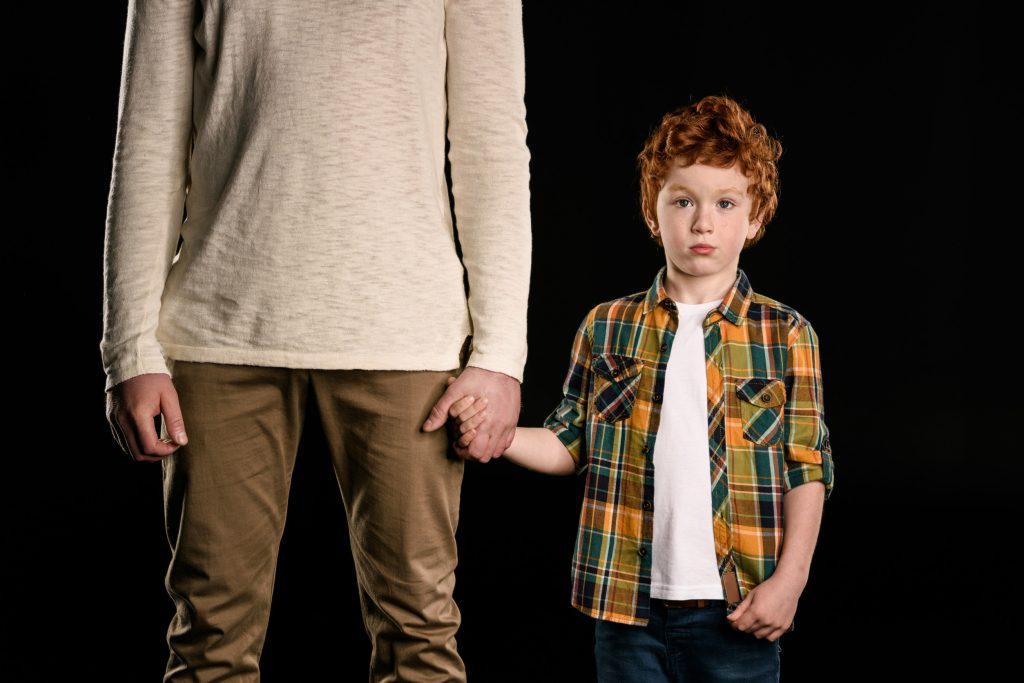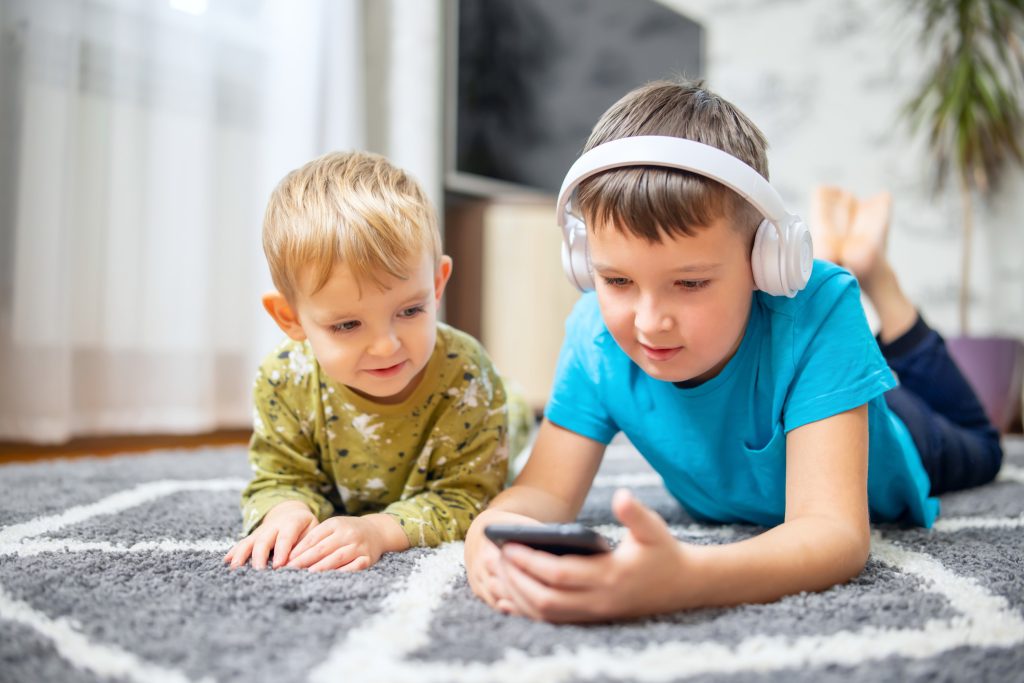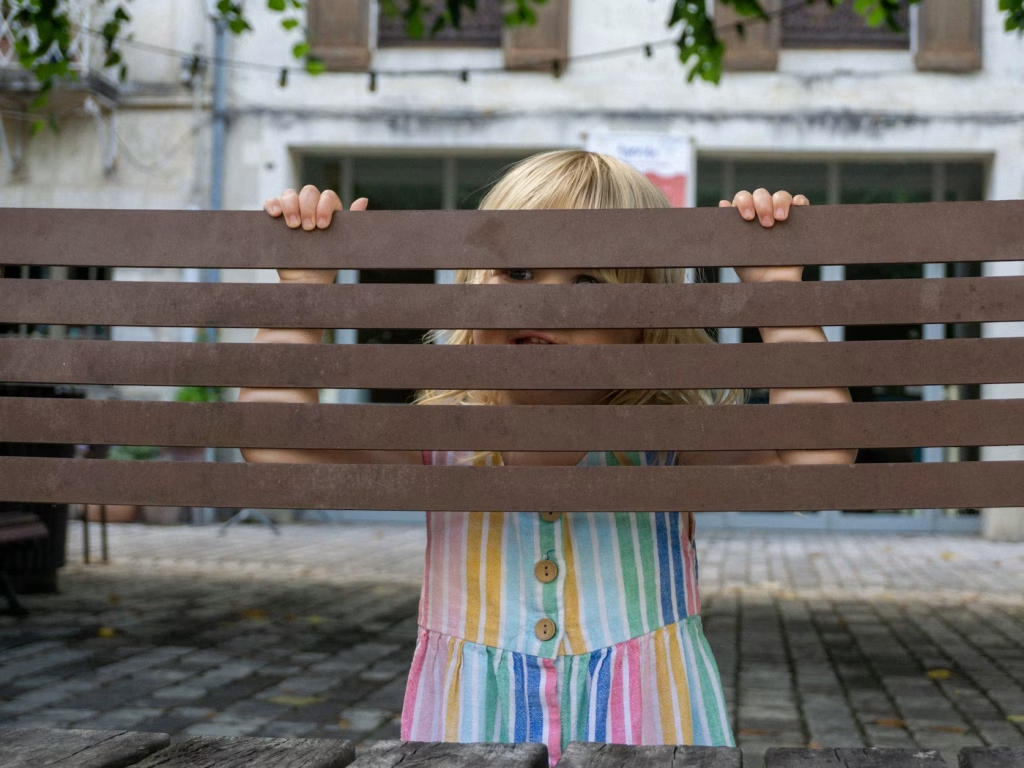
Family bonds are incredibly important, and most kids light up at the mention of their favorite aunt or uncle. These grown-up playmates often bring fun, treats, and a break from routine—but sometimes they bring more than you bargained for. Without realizing it, even the most well-meaning relatives can model behaviors that clash with your parenting goals. The truth is, there are several bad habits that kids are picking up from their aunts and uncles—and they tend to stick unless addressed early. Here’s what to watch for and how to tackle it without starting a family feud.
1. Ignoring Boundaries Around Food
Whether it’s sneaking extra candy or letting dessert come before dinner, many aunts and uncles think bending food rules is part of the fun. While occasional treats aren’t a big deal, repeated boundary-breaking teaches kids that your rules are flexible if the right adult is around. This creates confusion and power struggles during regular meals. It can also contribute to poor eating habits or emotional attachment to food. Make sure relatives know your expectations clearly—and don’t be afraid to enforce them.
2. Overusing Screens as Babysitters
Many relatives love to bond with kids over movies or games, but when screens become the go-to distraction every visit, it sets a precedent. If your child comes home expecting unlimited YouTube time or a new game every time they’re bored, the issue may be what’s happening during those visits. Excessive screen time is one of the most common bad habits that kids are picking up from others, even in short bursts. Have a chat about balance and suggest more interactive ways they can spend time together.
3. Using Sarcasm or Inappropriate Humor
Some aunts and uncles think teasing is harmless fun, but kids often don’t pick up on tone or sarcasm the way adults do. What’s meant as a joke can feel confusing or even hurtful, and children may start copying the same snarky or edgy comments at home. It’s especially problematic if it includes language or topics that don’t align with your household values. Set gentle boundaries around humor, especially if it involves name-calling, “roasting,” or inappropriate topics.
4. Encouraging Secrets or “Don’t Tell Your Parents” Moments
When a fun day out ends with “just don’t tell your mom,” it might seem innocent—but it subtly undermines trust between you and your child. Encouraging secrecy, even with good intentions, is one of the more serious bad habits that kids are picking up. It normalizes hiding things from parents and teaches kids that honesty is optional in certain relationships. Let family members know that transparency matters and that you want your child to feel safe telling you everything.
5. Modeling Disrespect for Authority
If an aunt or uncle frequently badmouths bosses, teachers, or other authority figures in front of your child, don’t be surprised if your kid starts doing the same. Kids mimic what they hear, and disrespectful commentary can influence how they speak about adults. This habit can show up at school, in public, or during family conversations, often at the worst possible moment. Encourage relatives to keep adult complaints out of earshot or reframe criticism in more respectful language.
6. Ignoring Bedtimes or Routines
Sleepovers at Auntie’s house might mean midnight snacks, endless cartoons, and no bedtime rules. While that sounds magical for kids, it can wreak havoc when routines need to be reestablished at home. Lack of structure becomes one of the sneakiest bad habits that kids are picking up—because it’s so hard to undo once it’s normalized. Communicate in advance about your child’s bedtime and any non-negotiables so the fun doesn’t come at the expense of sleep and stability.
7. Using Guilt or Bribery to Get Affection
Sometimes aunts and uncles use guilt to coax hugs or bribe kids with gifts for attention. While it may seem sweet on the surface, it teaches children that affection is something to be bought or earned. This can confuse your child’s sense of emotional boundaries and consent. Help relatives understand that genuine connection builds naturally and doesn’t need a trade-off. Model and encourage respectful, mutual affection instead.
8. Swearing or Using Inappropriate Language
Kids are like little parrots—they’ll repeat words and phrases whether they fully understand them or not. If an uncle lets an f-bomb slip every few minutes or throws around slang you’ve been actively avoiding, chances are your kid will pick it up. And probably at the worst time. Language habits are one of the most obvious bad habits that kids are picking up—and one of the hardest to correct once they take hold. Ask relatives to mind their language when little ears are nearby.
9. Dismissing Feelings or Telling Kids to “Toughen Up”
If a child expresses fear or sadness and is met with “you’re fine” or “don’t be a baby,” it can teach them to suppress emotions. While not always intentional, these dismissals can prevent kids from developing emotional intelligence or feeling safe expressing themselves. Encourage your child’s aunts and uncles to validate feelings, even if they don’t fully understand them. Emotional support is a habit that’s just as contagious—and far more valuable.
Creating Boundaries Without Burning Bridges
It’s tough to navigate family dynamics, especially when you’re trying to protect your child without creating tension. The key is to be clear, kind, and consistent. Most aunts and uncles don’t mean harm—they just need a little guidance on what matters most to you as a parent. When everyone’s on the same page, your child gets the love and fun of extended family without the extra habits you don’t want tagging along.
Have you noticed any surprising bad habits that kids are picking up from extended family? How did you handle it? Share your stories in the comments!
Read More:
10 Places Your Kids Are Picking Up Bad Habits—And You Didn’t Even Notice
5 Innocent Mistakes That Turn Into Lifelong Bad Habits
Catherine is a tech-savvy writer who has focused on the personal finance space for more than eight years. She has a Bachelor’s in Information Technology and enjoys showcasing how tech can simplify everyday personal finance tasks like budgeting, spending tracking, and planning for the future. Additionally, she’s explored the ins and outs of the world of side hustles and loves to share what she’s learned along the way. When she’s not working, you can find her relaxing at home in the Pacific Northwest with her two cats or enjoying a cup of coffee at her neighborhood cafe.













